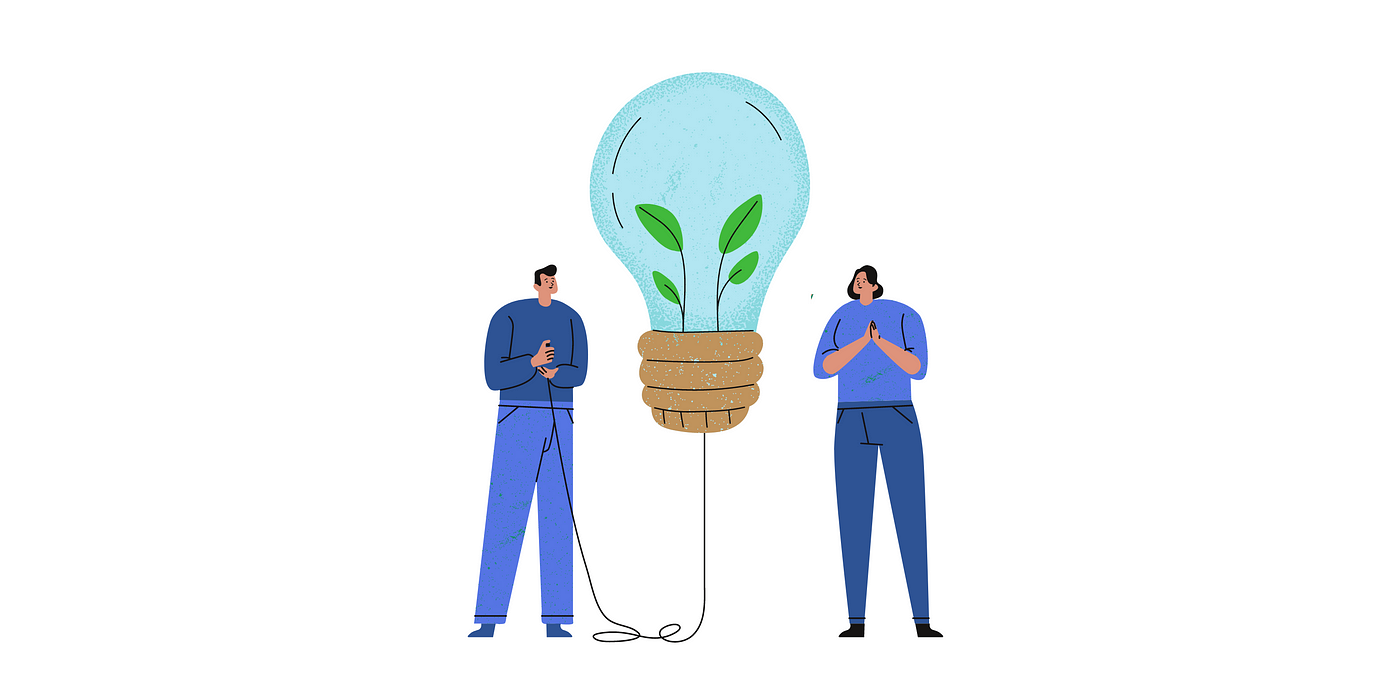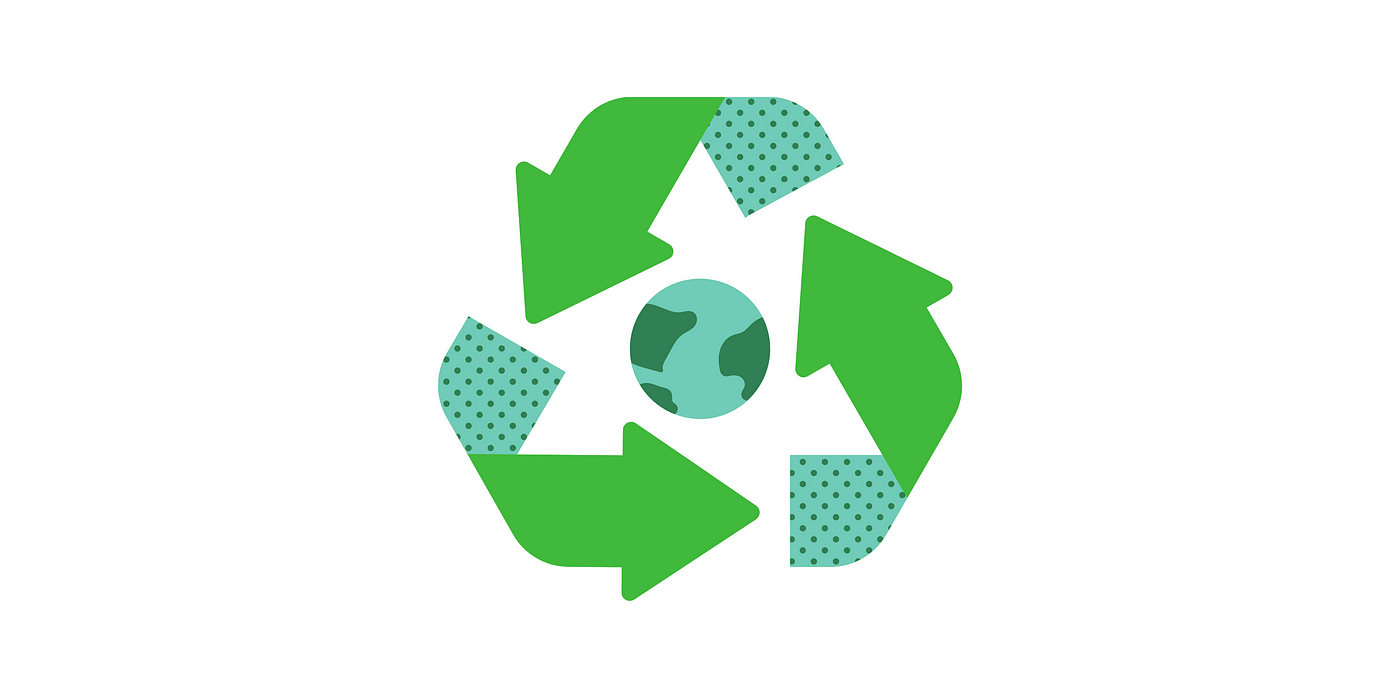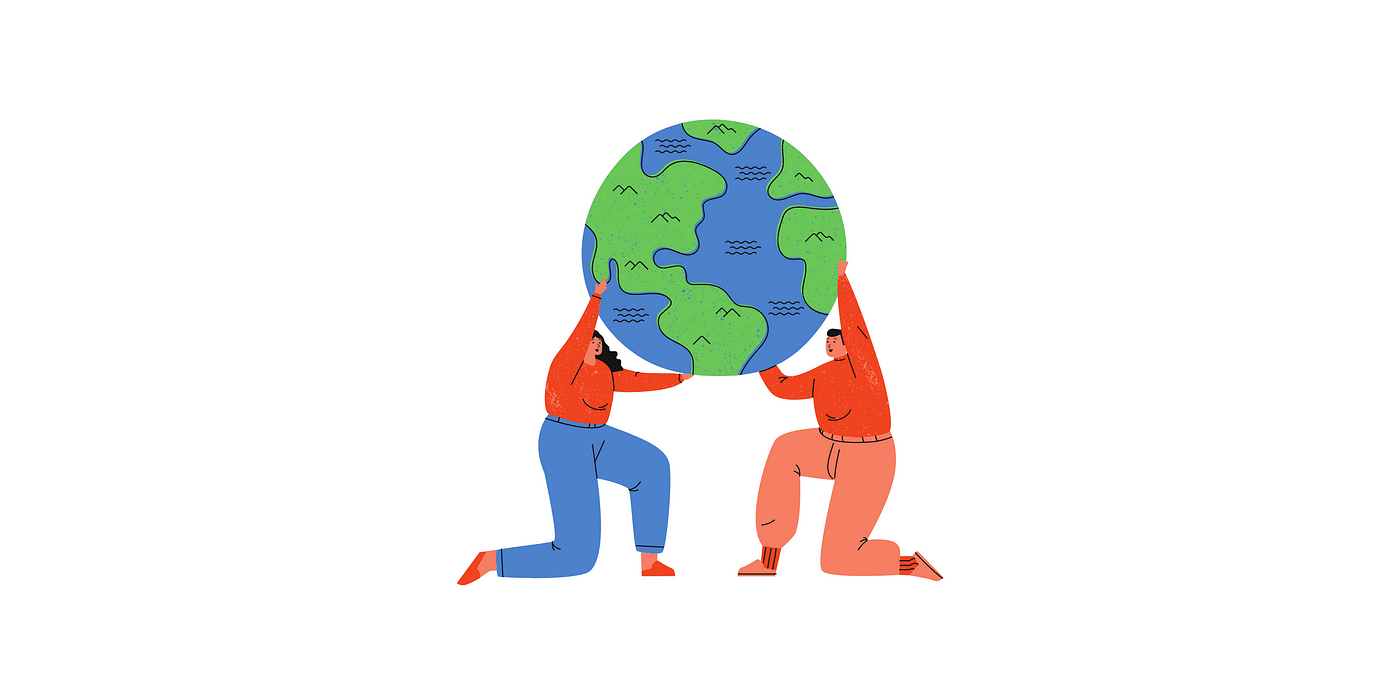Many organizations want to be more assertive in championing sustainability, but they have very understandable concerns.
Sustainability is a broad and complex issue encompassing everything from global warming to manufacturing processes. So it’s easy to feel unqualified to speak or too overwhelmed to know where to start. Feeling this way is known as choice overload in behavioral science, and it alone can lead to inaction.
In addition, no clear standard of excellence exists in many areas. So any claim or effort an organization makes can be challenged as inadequate by anyone. There’s also a worry that any corporate messaging will be seen as self-serving or dismissed as “greenwashing” — even if companies have solid environmental practices to back them up. This problem is a kind of attribution bias, whereby we make (potentially incorrect) assumptions about why people or organizations behave in specific ways.
Given these concerns, it’s unsurprising that companies cautiously approach this topic. However, we can approach sustainability from a different (and complementary) angle.
Instead of focusing solely on their own internal efforts, companies should strive to help people act on their intentions to live more sustainably.”
There are several benefits to this behavior-centered approach:
- It represents an opportunity to make a significant difference by helping millions of people make more sustainable daily choices, decisions, and behaviors
- It offers organizations a way to engage with sustainability on defined terms, which will lead to meaningful, genuine, and relevant actions.
- It can help build stronger bonds with employees and consumers, many of whom actively want to adopt more sustainable habits — and will appreciate (and reward) brands that support them.
What’s more, behavior change efforts are more than just corporate social responsibility or brand-building exercises. They can directly serve the organization’s financial interests by encouraging and facilitating sustainable behaviors that save money or increase revenue. These “win-win-win” opportunities benefit the organization’s best interests, its customers, and our planet.

So how can companies get started?
It begins with a change in orientation and some of their behaviors.
Begin by thinking small (and specifically!)
Rather than approaching sustainability from the 30,000-foot level, bring the conversation down to earth by defining precise shifts to more sustainable behaviors relevant to your company or brand. For example:
- Tide has focused its efforts on encouraging people to wash in cold water.
- Etihad Airways has rewarded its guests for making more sustainable decisions through its Conscious Choices loyalty program.
- The Hellmann brand is actively helping people to reduce food waste.
Opportunities like these exist across the private sector. The challenge is to identify the proper emphasis for your organization.

Focus on those with (latent) positive intent
The path to a more sustainable future is not with speaking to people already passionate about going green or those who actively oppose it. Instead, it rests in helping the majority form more sustainable habits. These people would like to do the right thing but aren’t necessarily taking action. Rather than getting society to “care more” about sustainability, focus on helping people act on their positive intent. This plan is called the value-action gap, and a behavioral insights approach offers ideas to turn intention into action.

Move beyond the traditional communications toolkit
The right messaging can create awareness and help create intent, but even the most compelling campaign is unlikely to change people’s habits. New sustainable behaviors happen (and stick) if you make them easy, attractive, social, and timely. This technique involves applying a behavioral insights approach and thinking in choice architecture, “nudging,” and habit loops.
Society has a long journey ahead to a more sustainable future. The path forward will involve significant changes in how companies operate, from their supply chains to product offerings.
While many of these changes will require significant time and investment, there are more immediate ways that organizations can make a difference.”
By leveraging their vast skills and resources in a new direction — and leveraging the power of behavioral science — companies can help millions of people make positive changes in their lives. They can help reduce our collective environmental impact while being rewarded with more robust relationships with consumers, who will appreciate an active partner in their efforts to live more sustainably.




